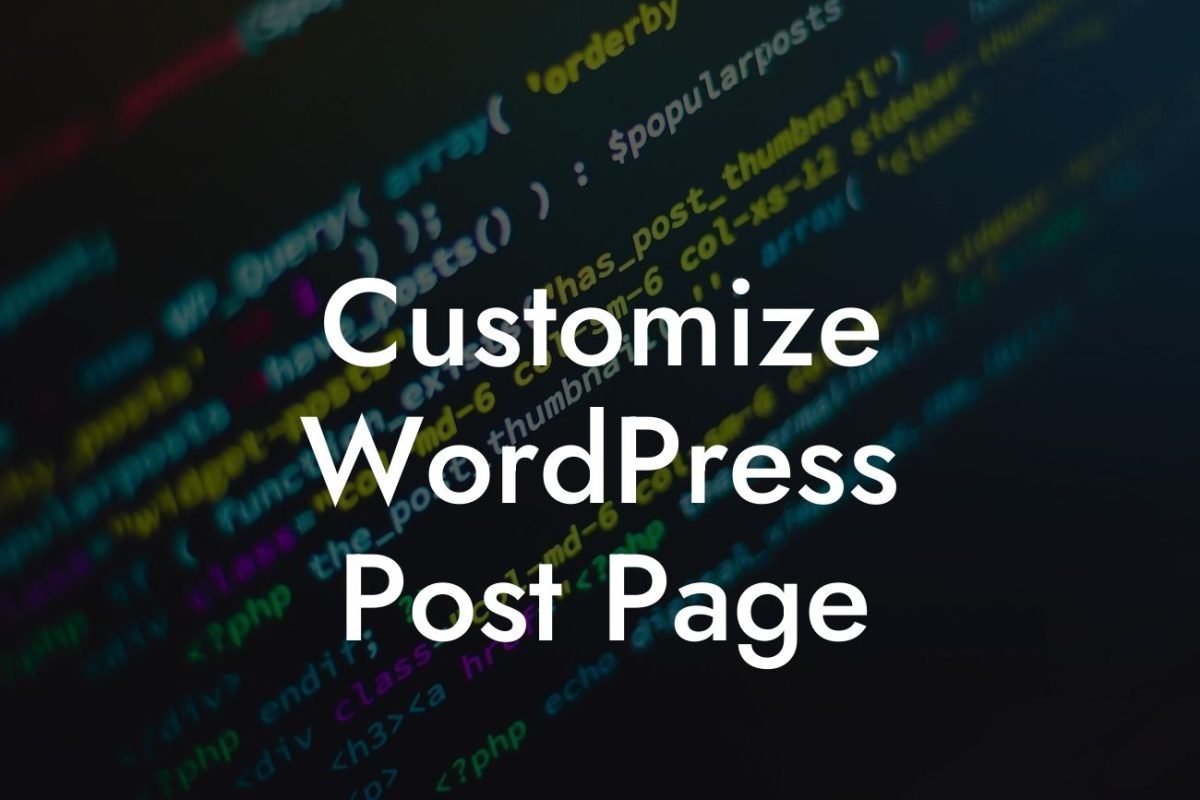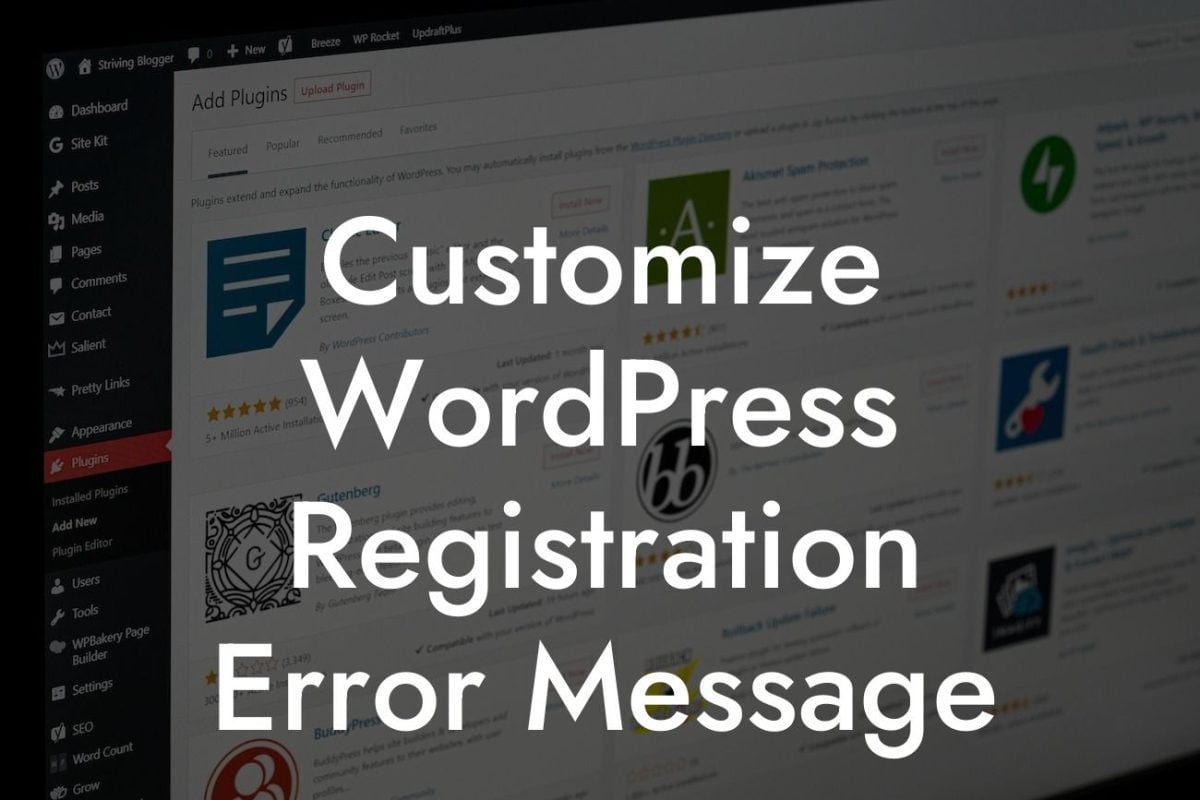Schema markup is a powerful tool that can enhance the visibility and click-through rates of your website in search engine results. It provides search engines with useful information about your content, helping them understand what your website is all about. The good news is that you don't necessarily need a plugin to implement schema markup on your WordPress site. In this article, we will explore how you can add schema markup to WordPress without the need for a plugin, giving you full control over how your content is presented in search results.
Adding schema markup manually to your WordPress website may sound intimidating, but it's actually a straightforward process. Here's a step-by-step guide to help you get started:
1. Identify the schema markup type:
Before adding schema markup, you need to determine the type of schema that's most suitable for your content. There are various types available, such as articles, events, products, and more. Choose the schema markup that aligns with the structure and purpose of your content.
2. Generate the schema markup code:
Looking For a Custom QuickBook Integration?
Once you've identified the schema markup type, you can generate the necessary code using schema.org's Markup Helper or Google's Structured Data Markup Helper. These tools allow you to enter the relevant information about your content and generate the corresponding schema markup code.
3. Insert the schema markup code:
After generating the schema markup code, you need to insert it into your WordPress website. You can do this by editing the relevant theme file or using a child theme to avoid losing the changes during updates. Another option is to utilize a dedicated schema markup plugin, like "Insert Headers and Footers," which allows you to add the code without modifying your theme files directly.
4. Test the schema markup:
To ensure that you've implemented the schema markup correctly, it's important to test it using Google's Structured Data Testing Tool. This tool verifies if the markup is present and displays any errors or warnings that need to be addressed. Testing the schema markup guarantees that search engines can understand and interpret your content accurately.
How To Add Schema Markup To Wordpress Without Plugin Example:
Let's say you run a local bakery and want to add schema markup for your store's opening hours. You can use the LocalBusiness schema type and generate the corresponding code using schema.org's Markup Helper. After inserting the code on your website, search engines will recognize and display your bakery's opening hours right in the search results, making it more convenient for potential customers to find you.
In conclusion, adding schema markup to your WordPress website without using a plugin is a simple yet powerful way to enhance your online presence. By providing search engines with structured data, you can improve your website's visibility and attract more targeted traffic. Take control of how your content appears in search results by implementing schema markup and elevate your online success. Don't forget to explore other helpful guides on DamnWoo and try our awesome WordPress plugins to supercharge your website even further. Share this article with others who may find it useful and boost their WordPress journey too.













